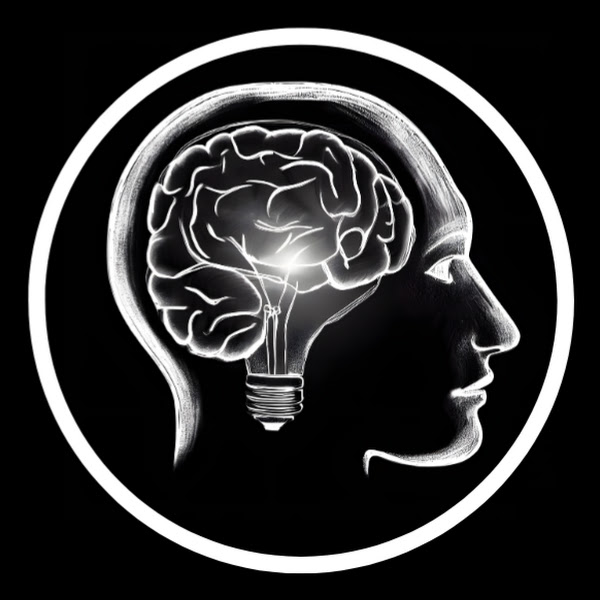Welcome to this quick guide where I'm going to show you how to fix the issue of "no drives detected" during the Windows 10 or Windows 11 installation.
If you've been trying to install Windows 10 or Windows 11 and you get an error message saying; "we couldn't find any drives", this guide will teach you how to solve that problem in a few easy steps.
I also have a video version if you'd prefer to watch it:
1. Check Physical Connections
If you're seeing an error that says, "we couldn't find any drives," start by checking the cables that connect the drive to your computer.
Make sure both the power and the SATA cables are securely connected to the drive and the motherboard.
If you have an NVMe SSD, ensure its properly connected too.
2. Storage Controller Drivers
If the physical connections are okay, the issue might be with drivers. Drivers are like software that helps your computer communicate with its components.
Intel-Based Systems
If your computer has an Intel processor, you might need to get the Intel Rapid Storage Technology (IRST) Driver. The driver varies based on your processor's generation (like 10th or 11th). Download the correct version for your system linked below:
Extracting the Drivers
Create a folder named "temp" on your C drive and then paste the downloaded "SetupRST.exe" driver file inside this folder.
Open Windows PowerShell (Admin) on your computer. You can search for it or find it by right-clicking on the Start button.
In PowerShell, enter the following command:
cd c:/temp
That changes the working directory to the temp folder you created on the C: Drive.
Next, enter the following command:
.\SetupRST.exe -extractdrivers C:\RST\
This will extract the drivers to a new folder called "RST" on the C: drive.
Once the extraction is finished, open the "RST" folder and continue opening all the folders inside of it until you find a directory named "VMD"
In there, you'll find a file called "iaStorVD.sys"
Insert USB Flash Drive
Plug in your USB flash drive and copy this "iaStorVD.sys" file onto it.
Then, insert the USB flash drive into the computer where you're installing Windows.
3. Loading the Driver During Windows Installation
While installing Windows, if it can't find any drives, click on "Load Driver," then "Browse." Locate your USB flash drive and select it. The installation will then use the driver from the USB flash drive to find your drives.
Additional Resource/Method
If you have an AMD processor, different setup or if the first method didn't work for you, find the right drivers for your motherboard or laptop.
Do a search for "System Information" in Windows and then take note of the "Baseboard Manufacturer" and "Baseboard Product."
Next, do a Google search for your motherboard or laptops model with the word "drivers" included at the end and then find the manufacturers website.
Download the SATA, RAID, or AHCI drivers from the manufacturer's website and copy them to the USB flash drive.
During the Windows installation, use these drivers which are specifically created for your motherboard.
I hope this guide helps you fix the "no drives detected" issue during Windows installation. Don't forget to like the YouTube video and explore more helpful guides on this website!
See ya!
Memory



.png)

No comments:
Post a Comment